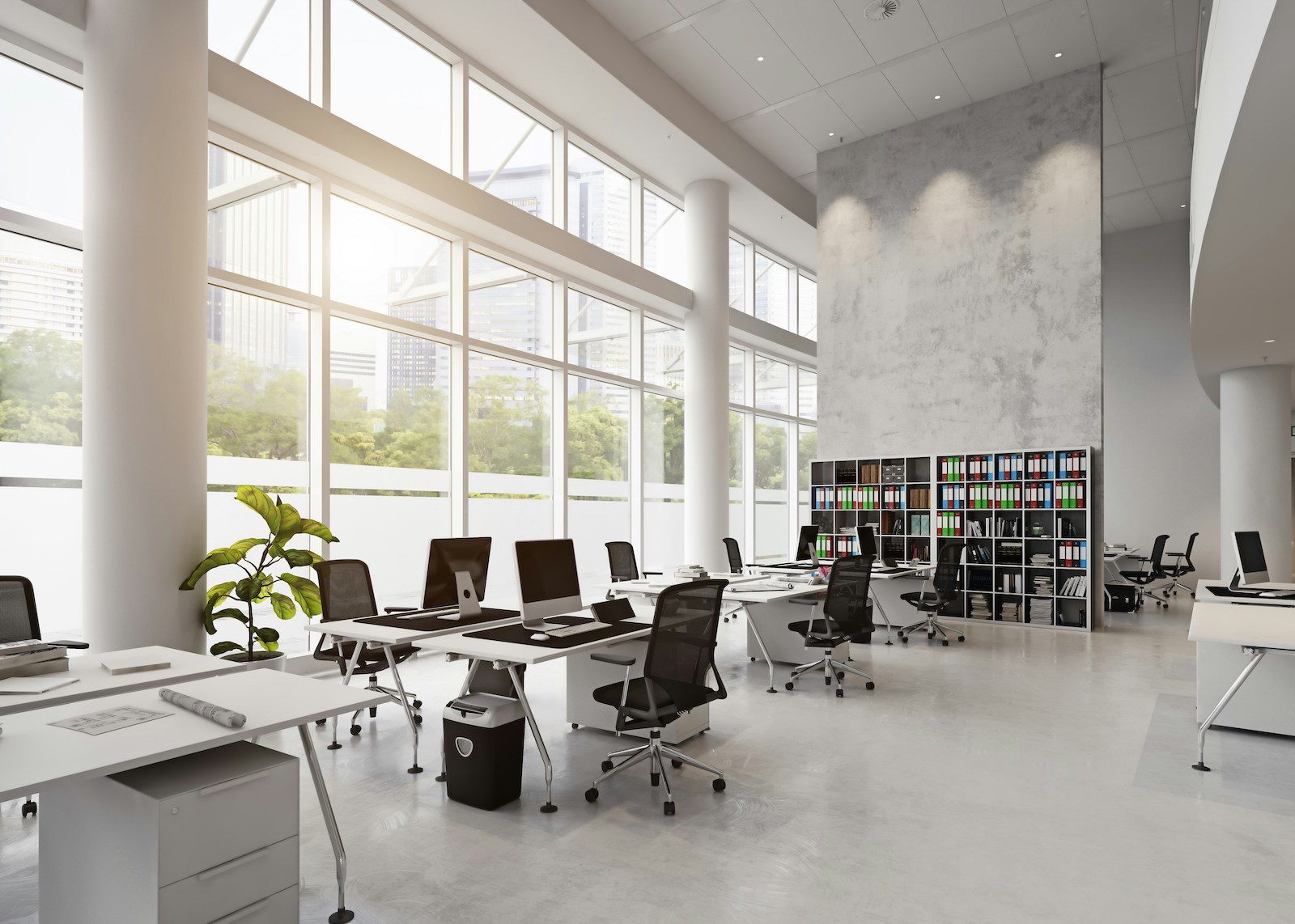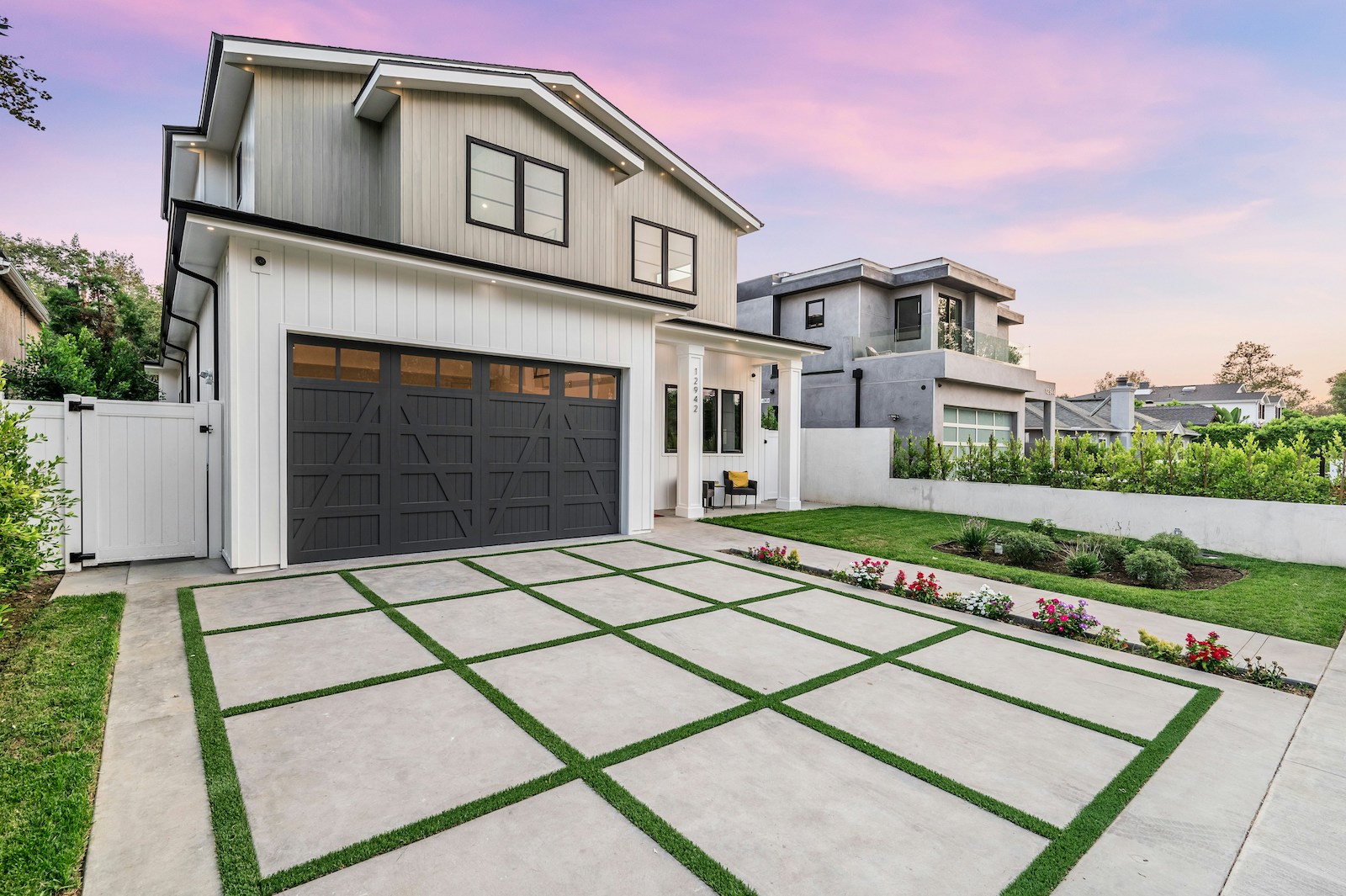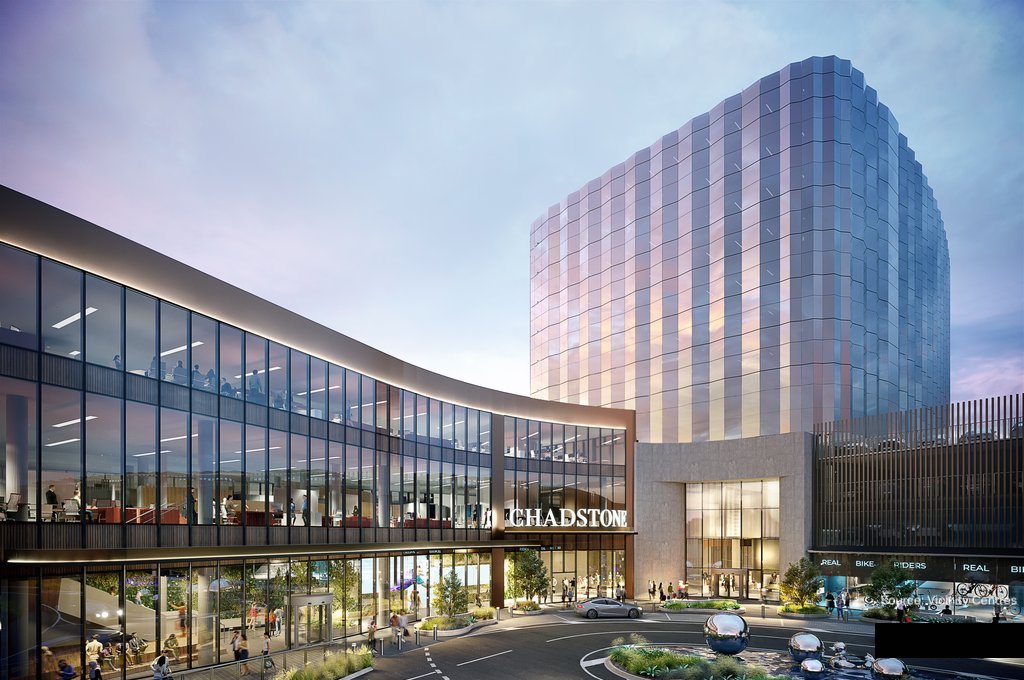Metamorphosis: How Aussie offices are evolving in 2025

Metamorphosis: How Aussie offices are evolving in 2025
About 18 months ago, we published a deep dive into global hybrid working trends. We noted how working from home rates varied markedly between Australian cities and between countries. This was due to their pandemic management strategies having a big impact on the propensity for working from home post-COVID. Office-based working rates were also highly dependent on micro-location. We speculated that the home-office working pendulum would continue to swing back towards the office. Albeit at a slower pace than during the pandemic.
The office sector has continued to evolve. It is being reshaped by changing employee expectations, dynamic occupier demand, and evolving market fundamentals. In this article we revisit our analysis to explore the current state of play, using the context of the July 2025 PCA Office Market Report (OMR).
On the Move: A flight to quality, not quantity
At a headline level, the OMR makes fairly dismal reading on the state of the Australian office market. Vacancy rates are up in every city except Melbourne which remains flat1. Lift up the hood though and there is dynamism within leasing trends.
There is an aggressive flight to quality going on. Occupiers are prioritising high-quality, well-located, amenity-rich offices over expansive floor plates. They are gravitating to upgraded buildings that support hybrid work flexibility and high sustainability standards.
Across key markets like Sydney, Melbourne and Brisbane, demand continues to consolidate into centrally located premium buildings with positive absorption and tight vacancy. Vacancy in fringe and suburban markets like St Leonards/Crows Nest, St Kilda Road and North Sydney is climbing.
The Social Office: Changing occupier demands
With collaboration and face-to-face engagement being the main driver of office-based work, space utilisation is being redesigned. Occupiers are no longer just leasing space. They are investing in environments that support collaboration, culture, and wellbeing.
Large occupiers are consolidating footprints. While increasing spend on fit outs for activity-based working, wellness rooms, and breakout areas. Demand is strongest for buildings that offer amenities such as end-of-trip facilities, flexible floor-plates and plentiful natural light in micro locations which offer similar provisions.
Sustainability is also a big requirement. For example, Canberra's ongoing leasing activity is influenced by federal mandates requiring energy-efficient buildings. This reflects the growing intersection between corporate real estate strategies and sustainability objectives.
Office Attendance: Ticking up
As we predicted back in 2023, office attendance has risen over the last 18 months. Office attendance was up to 75% of pre-covid levels at the start of the year, compared to from 70% a year prior2. In Perth, weekly office attendance is up to 90%, followed by Brisbane with 88% and aiding this is a 0.50 cent flat public transport fare3. Melbourne still has the lowest office attendance at 61%.
Business office-based working mandates are being toughened and moving towards a four day a week in office policy. This despite minimum home-working rules being floated by the Victorian Government. Some 39% of Australian businesses now expect full-time office-based work4.
With a minimum office-attendance floor having been established, attendance is likely to carry on rising. More occupiers will enact office location and design changes to provide a stronger pull to employees. As a result, more employees will realise the intangible benefits which come from office-based working. These could include benefits such as mentorship, stronger relationships and, if they are lucky, free food. Further wobbles in the employment rate will also motivate workers to attend the office more often.
Constant Flux: A fluid office landscape
Since our last analysis, the Australian office landscape has evolved further. Office space is better quality than it was 18 months ago. It is more concentrated centrally and employees are using it more often. It has been redesigned to emphasise the role of the modern office as a social space for human engagement. Our smaller cities still lead the office attendance pack. While Melbourne still brings up the rear.
After being completely reset by COVID, a new office baseline has been established. However, we expect the office landscape to carry on shifting. Driven by new technology, changing employee tastes, wider employment, economic conditions and infrastructure development. The change will be less drastic than it was post-pandemic. Yet it will be enough to ensure that office owners, occupiers and planners cannot rest on their laurels and relax. They will need to constantly monitor and manage their office assets and precincts to ensure they remain successful in a constantly shifting world.

References
1 Green Street News. (2025). “Flight to quality lifts demand for premium CBD office spaces”. Accessible from: Flight to quality lifts demand for premium CBD office spaces - Green Street News
2 Financial Review. (2025). “The return to office gathers pace, except in Melbourne”. Accessible from: Flexible work: return to office gathers past in most capitals, except Melbourne
3 ibid
4 Workplace Justice. (2025). “The Return-to-Office Push Is Real – What Australian Workers Need to Know”. Accessible from: Return-to-Office Mandates on the Rise in Australia – What Workers Need to Know - Workplace Justice
Related posts
Dive deeper into insights that matter to you.

Australia’s Love of Big Homes Was Rational, Until the World Changed

The next flex office wave

Retail on the Rise: Australia’s shopping centre revival

State of the States: A comparison of demographic trends
Make smarter decisions
Get in touch with the Team to get an understanding of how we transform data into insightful decisions. Learn more about how Atlas Economics can help you make the right decisions and create impact using our expertise.
